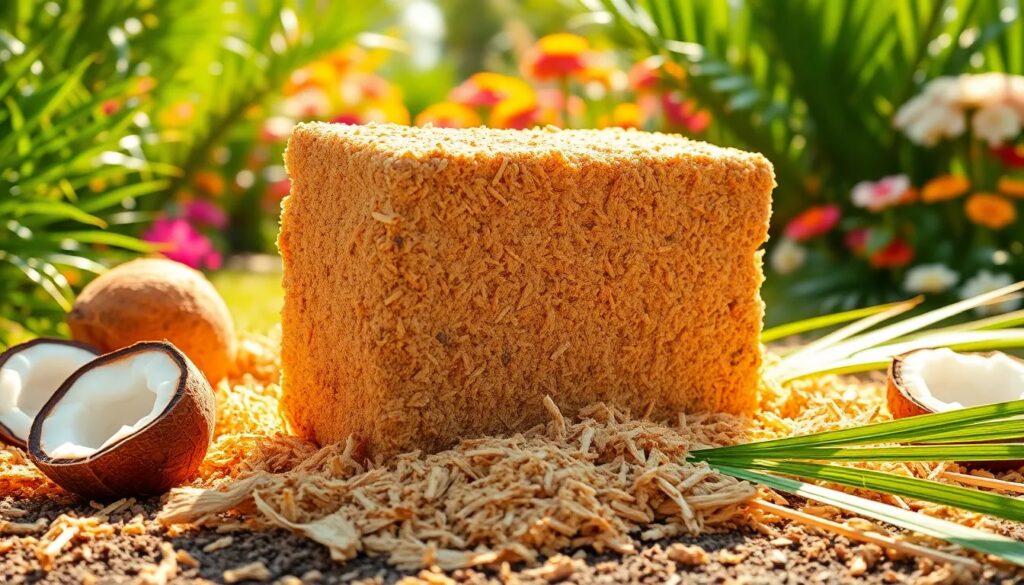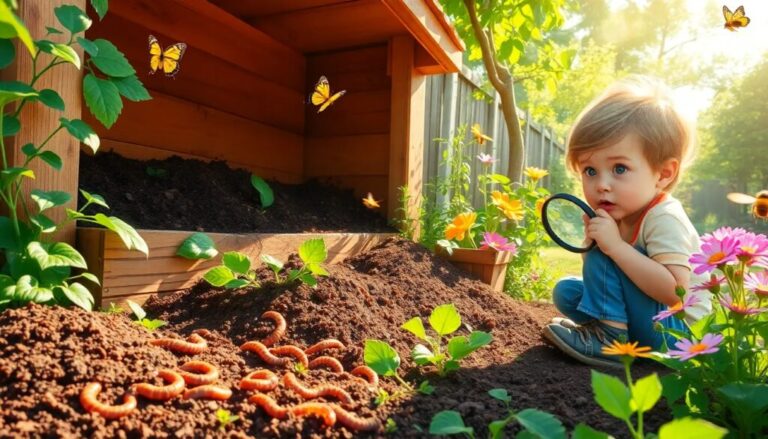Coconut coir brick: uses and benefits
Coconut coir bricks are a sustainable gardening medium made from the fibrous husks of coconuts. These bricks are an excellent alternative to traditional soil, offering various benefits for both indoor and outdoor gardening. In this article, we will explore the multiple uses and benefits of coconut coir bricks, as well as practical tips for incorporating them into your gardening routine.
How do coconut coir bricks benefit your gardening?
Coconut coir bricks offer numerous advantages for gardeners. First and foremost, they are eco-friendly, utilizing what would otherwise be considered waste. This sustainable aspect makes them a popular choice among environmentally-conscious gardeners.
Furthermore, coconut coir bricks provide excellent water retention, ensuring that your plants remain hydrated while still allowing for proper drainage. This balance is crucial for promoting healthy root growth and preventing root rot.
Another significant benefit is that coconut coir is a neutral medium, which means it does not alter the pH levels of your soil. This stability is essential for growing a wide variety of plants without the risk of nutrient lockout.
- Eco-friendly and sustainable
- Excellent water retention properties
- Neutral pH balance
- Easy to use in various gardening methods
What is the process for rehydrating coconut coir bricks?
Before using coconut coir bricks, it is essential to rehydrate them to transform them into a usable soil-like medium. The process is straightforward and involves a few simple steps.
Start by placing the brick in a large container. Then, add enough water to cover the brick completely. Allow the coir to soak for about 30 minutes to an hour, depending on the size of the brick. As it absorbs the water, the brick will expand significantly.
Once fully hydrated, break apart the coir with your hands to create a fluffy texture. This will ensure that it is easy to mix with other soil components, enhancing its nutrient retention and aeration capabilities.
Tip: Using warm water can speed up the rehydration process, making it even more efficient.
How can you use coconut coir bricks for hydroponic growing?
Coconut coir bricks are particularly useful in hydroponic setups due to their remarkable water retention properties. When using coir in hydroponics, it is vital to integrate it with other materials for optimal results.
One common practice is to mix coconut coir with perlite or vermiculite. This combination enhances drainage while retaining moisture, preventing over-saturation.
In addition, coconut coir bricks can serve as a great base for nutrient solutions. The coir will hold onto nutrients while allowing plants to access them as needed. This makes coir an effective substrate for both beginners and experienced hydroponic gardeners.
What are the best practices for using coconut coir in container gardening?
When using coconut coir bricks in container gardening, there are several best practices to consider. First, make sure to mix the coir with other substrates to optimize drainage and aeration.
A popular blend includes combining coconut coir with perlite or sand to create a well-balanced medium. This combination allows for sufficient airflow while ensuring that the plants receive the necessary moisture.
Additionally, remember to monitor the moisture levels regularly. Coconut coir can retain water, but it is still essential to check for signs of overwatering or underwatering, adjusting your watering schedule accordingly.
Lastly, consider adding organic fertilizers to the coir mixture. Since coconut coir is inert, it lacks nutrients on its own. By incorporating fertilizers, you provide your plants with the essential elements they need for healthy growth.
How does coconut coir contribute to composting?
Coconut coir is an excellent addition to compost piles, enhancing the overall quality of the compost. Its high carbon content makes it a valuable “browns” component, balancing out nitrogen-rich “greens” in the compost mixture.
Moreover, coconut coir can improve the structure of compost, helping to aerate the mix and enhance microbial activity. This ensures a quicker breakdown of organic materials and results in nutrient-rich compost.
When adding coconut coir to your compost, ensure that it is well-mixed with other ingredients. This will help maintain proper moisture levels and aeration, promoting a healthy composting process.
What should you keep in mind when using coconut coir bricks?
While coconut coir bricks offer numerous advantages, there are a few considerations to keep in mind. First, remember that coconut coir is inert and does not contain nutrients. Therefore, it is crucial to supplement your plants with fertilizers to ensure they receive the necessary nutrients for growth.
Additionally, be aware that coconut coir can compact over time, especially if used in container gardening. To combat this, regularly aerate the medium or mix it with other materials like perlite to maintain airflow.
Lastly, understand that not all coconut coir products are created equal. Look for high-quality coir bricks that are free from contaminants and processed correctly. This will ensure that you are providing the best possible medium for your plants.
What are the common questions about coconut coir bricks?
- What are coconut coir bricks? They are eco-friendly gardening media made from coconut husks, providing a sustainable alternative to traditional soil.
- How do you rehydrate coconut coir bricks? Simply soak them in water for about 30 minutes to an hour until they expand and loosen up.
- What are the benefits of using coconut coir in gardening? Coconut coir bricks improve water retention, provide a neutral pH, and are environmentally friendly.
- Where can I buy coconut coir bricks? They are available at garden centers, online stores, and specialty gardening shops.
Incorporating coconut coir bricks into your gardening routine can transform your growing experience, providing numerous benefits for plant health and sustainability. By understanding how to use these versatile bricks effectively, you can enhance your gardening practices and contribute to a more eco-friendly environment.










